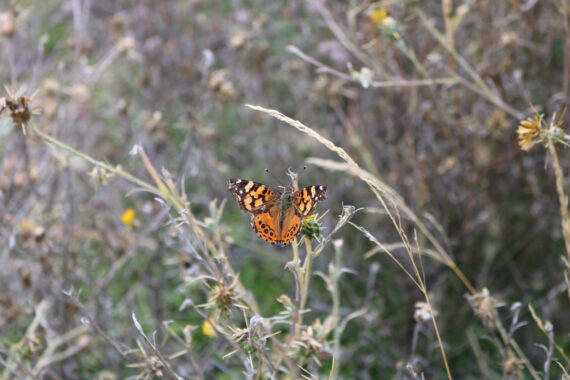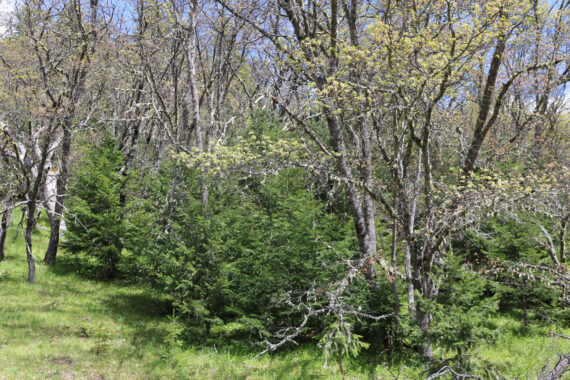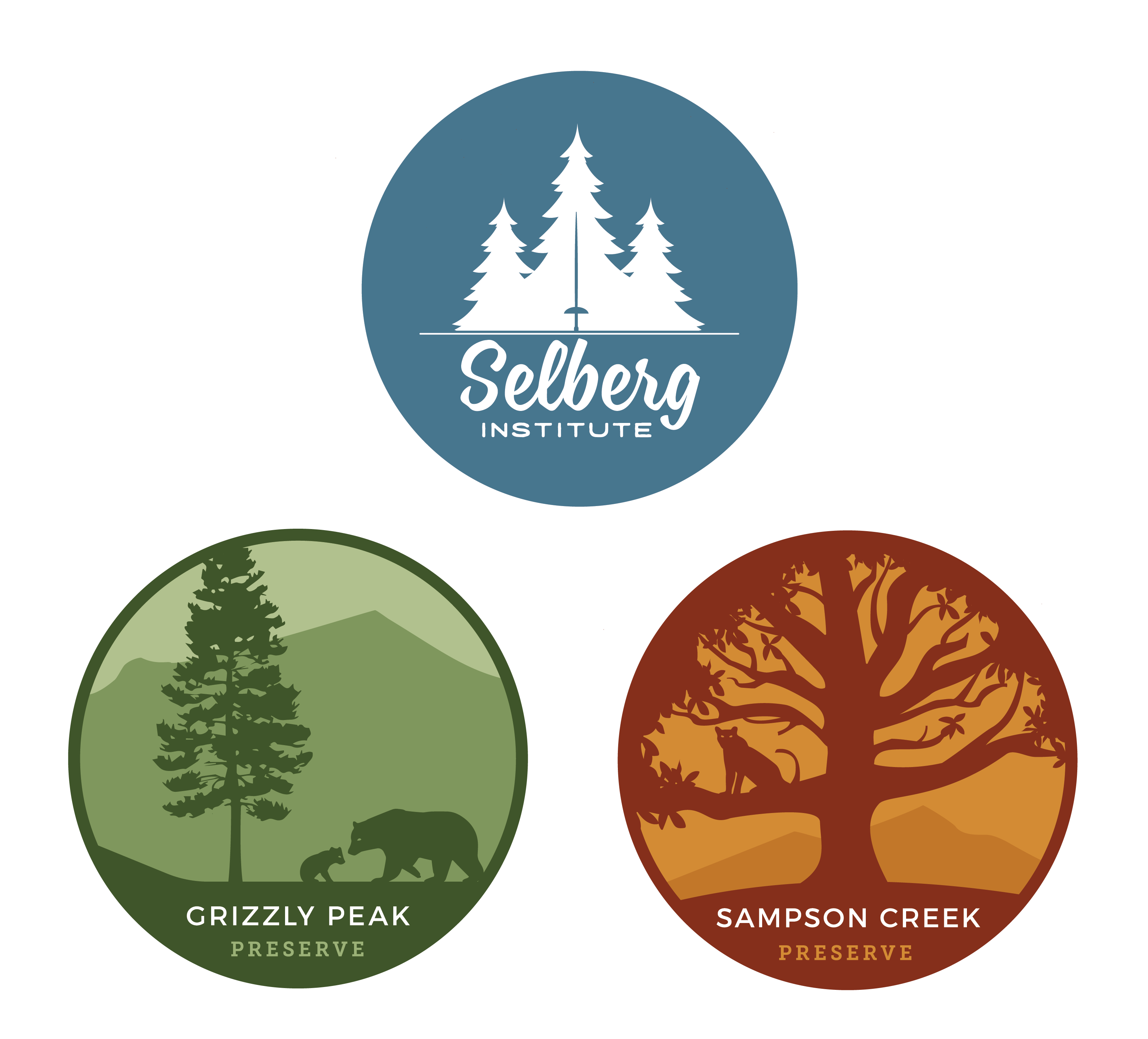Sampson Creek Preserve
The Sampson Creek Preserve, formerly a historic cattle ranch, consists of 4,761 acres and was purchased and placed into conservation management in January of 2015. The overarching goal is to protect this land from encroaching development so as to maintain critical wildlife habitat, promote landscape connectivity and conserve the area’s exceptional native oak woodlands. By applying science-based principles to land management, the ultimate vision is to restore the biodiversity and ecological resources of the preserve by:

- Reducing the abundance of invasive plants
- Maintaining and increasing landscape connectivity with adjacent natural areas
- Monitoring populations and habitats of special status and at-risk species
- Restoring the diversity and abundance of pollinators and their host plants
- Restoring riparian forests and oak woodlands degraded by past management practices
- Applying prescribed fire as a land stewardship tool
“A thing is right when it tends to preserve the integrity, stability and beauty of the biotic community. It is wrong when it tends otherwise.” – Aldo Leopold
Restoration Projects

While most portions of the Sampson Creek Preserve remain in relatively good ecological condition, some areas could clearly benefit from restorative management.
For example, a small subset of the preserve’s native oak stands are suffering from conifer encroachment due to the long history of livestock grazing and fire exclusion.
Several stream segments heavily impacted by past grazing practices have developed deeply incised channels, and many of the grasslands found at lower elevations are now dominated by a variety of non-native, annual grasses and forbs.
In some of these more heavily degraded areas, we will be designing and implementing a variety of restoration projects to assist in the recovery of these natural communities and the ecosystem functions they provide. We will be reporting on these restoration efforts and will share some our successes and challenges, highlights, and ongoing volunteer opportunities. If interested in keeping up to date, or getting involved with this work, please keep an eye on our New & Events page and sign up for our upcoming newsletter.
